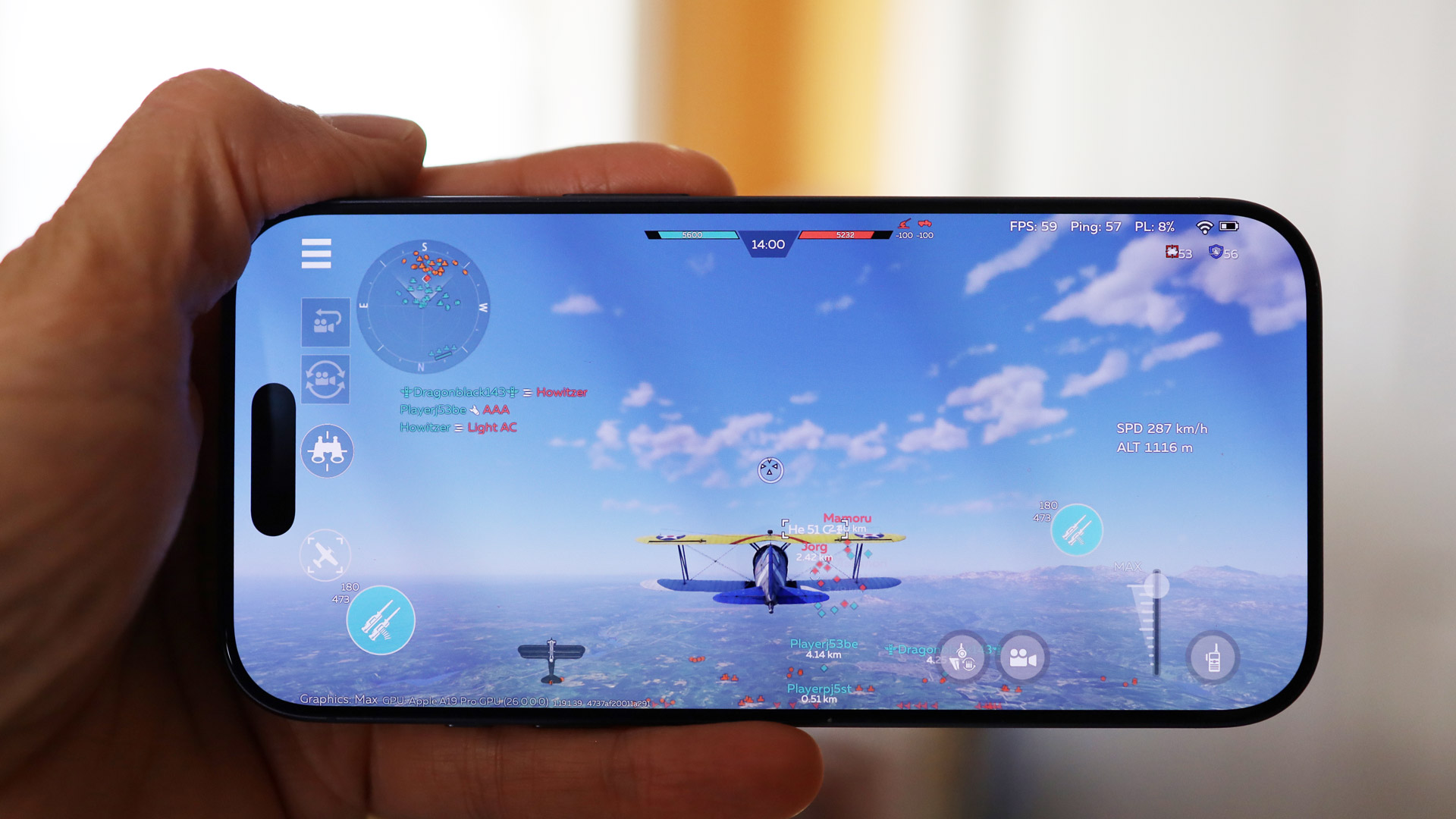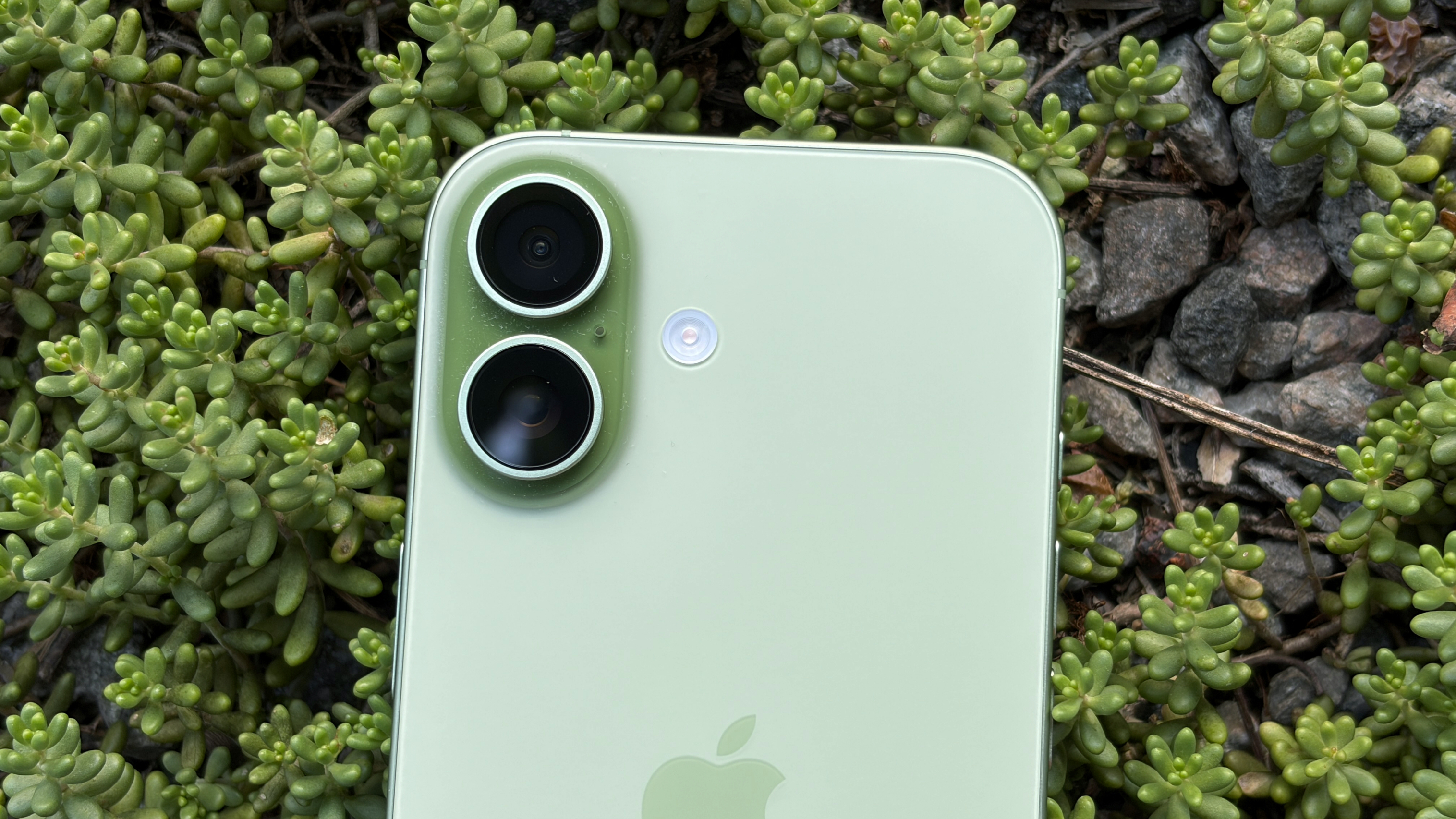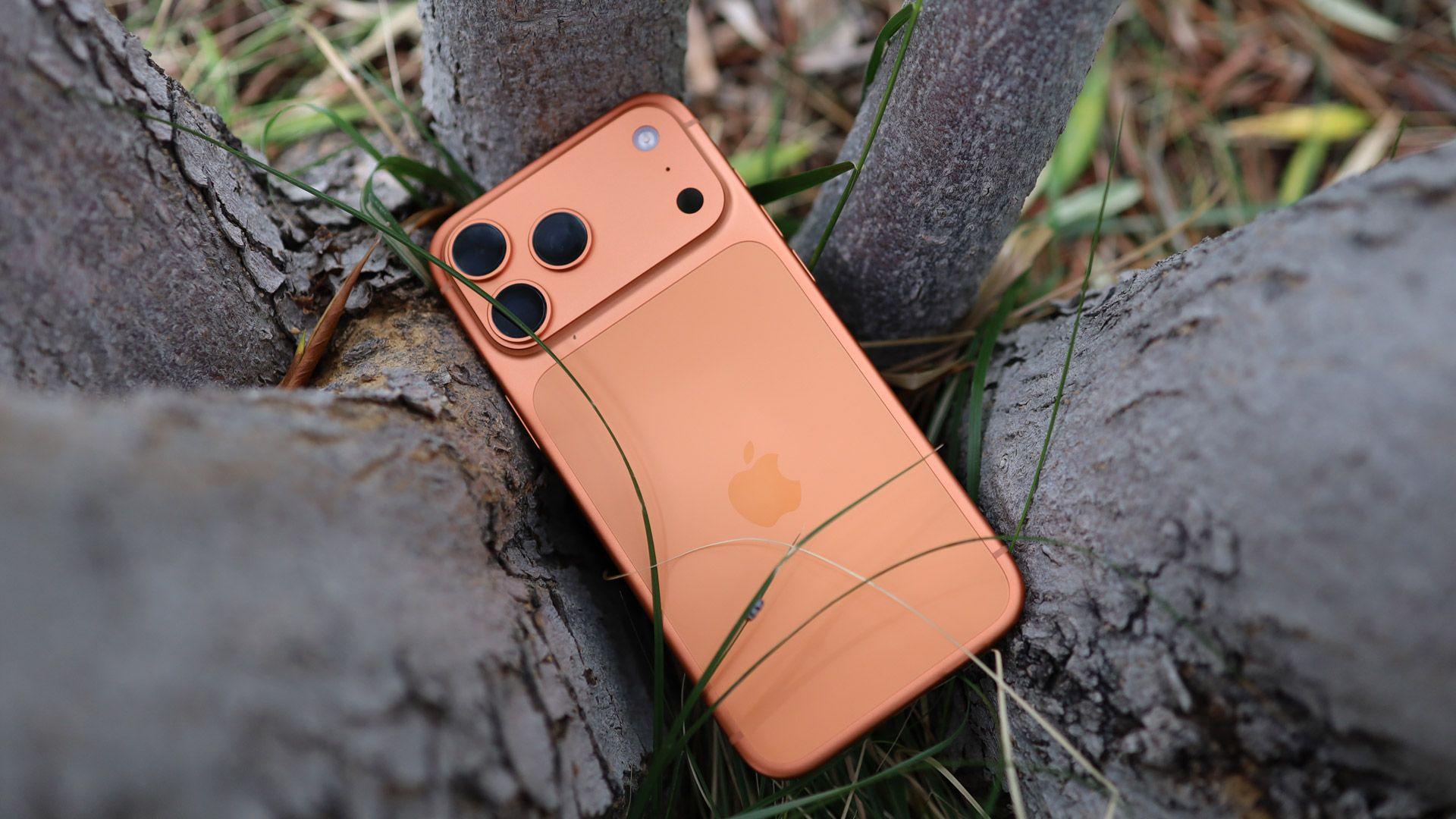In my role as TechRadar’s Phones Editor, I’m fortunate to have access to many of the best phones as they hit the market, and the iPhone 17 Pro is the latest piece of high-end smartphone hardware to hit my desk.
I’ve been using Apple’s new best iPhone for a little over a month now, and I can confidently say that the hype is justified: the iPhone 17 Pro is a brilliant, versatile device with an eye-catching design, exceptional camera performance and impressive battery life, while iOS 26 is gradually evolving into the most intuitive software package Apple has ever released.
But my short time with the iPhone 17 Pro also made me realize an uncomfortable truth: I no longer need to upgrade to Pro — and I invite you to ask yourself if you do either.
As I wrote after Apple’s September launch, the standard iPhone 17 might just be the best value iPhone ever, and our review of the iPhone 17 confirmed that claim to be true. So when the time comes for me to return this loaner sample iPhone 17 Pro and buy my own iPhone with my own real money, I will “downgrade” to the standard iPhone 17. Let me explain why.
Closing the gap
The main reason is the long-awaited (and frankly anticipated) display upgrade for the iPhone 17. Not only does the latest base model offer a 120Hz refresh rate, but it also benefits from Apple’s ProMotion display technology, which dynamically adjusts that refresh rate between 1 and 120Hz, depending on what’s happening on the screen. This helps preserve the phone’s battery life and allows for an always-on display, while the full 120Hz rate provides a much smoother scrolling experience than the iPhone 16.
Apple also slimmed down the iPhone 17’s display bezels, resulting in a 6.3-inch Super Retina
Okay, okay – that last comment was a bit facetious, but let’s turn our attention to the iPhone 17 chipset, where Apple’s base model fares just as well.
Yes, the phone’s A19 chipset is less powerful than the iPhone 17 Pro’s A19 Pro chipset on paper, and the latter is made more efficient thanks to the Pro-exclusive vapor chamber cooling system. But in reality, only hardcore mobile gamers and 4K video editors will notice the difference. Hell, the A19 is more powerful than last year’s A18 Pro, and we described this chipset as “a speed demon” in our iPhone 16 Pro review.
The tangible differences

I concede defeat on battery life. As you can read in our recent battery life comparison, the A19 Pro chipset – coupled with the larger 4,252 mAh or 5,088 mAh battery in the iPhone 17 Pro and Pro Max, respectively – gives the Apple Pro and Pro Max phones over 15 and 17 hours of battery life, respectively, while the iPhone 17 manages between 12 and 13.
Other obvious advantages of the iPhone 17 Pro are its 48 MP telephoto lens and support for professional video codecs like ProRes RAW. The iPhone 17 – with its Pro-equivalent 48MP main and ultra-wide cameras – is an impressive daily shooter, but it’s not one of the best camera phones, while the iPhone 17 Pro absolutely is.
All of this is to say that the iPhone 17 Pro feels more “pro” than any iPhone before it – and I mean that literally. This is a phone designed for power users and serious mobile photographers who frequently transfer large files (the Pro can transfer up to 10Gbps) or who desperately need the extra battery life offered by this more efficient chipset. I’m not one of those users, and I’d bet that 90% of the population that buys an iPhone doesn’t either.

Granted, I love taking photos with the Pro’s telephoto lens, and I’ll be sad to see it go when I upgrade to the iPhone 17. But that feature alone isn’t worth, to me, the $300/£300/AU$600 premium that Apple’s new best iPhone commands.
And if that seems like a bigger price gap than usual, that’s because it is. A lesser-mentioned benefit of the iPhone 17 is that Apple got rid of the 128GB storage capacity for all iPhone 17 models this year, but kept the same starting price of its base model ($799 / £799 / AU$1,399). The starting price of the iPhone 17 Pro, meanwhile, has increased by $100 / £100 / AU$200 to $1,099 / £1,099 / AU$1,999.
In other words, there’s an extra $100/£100/AU$200 between this year’s iPhones that didn’t exist between the iPhone 16 and iPhone 16 Pro, making the iPhone 17 Pro even harder to sell to casual buyers.

I’ll leave you with this roundup: In addition to its aforementioned display and dual rear cameras, the iPhone 17 also has the same 18MP selfie camera, customizable action button, camera control button, scratch-resistant Ceramic Shield 2 screen cover, and all the same iOS 26 software features (including the new Liquid Glass interface) as the iPhone 17 Pro.
This latest phone will give you a 48MP telephoto lens, better battery life, a vapor cooling chamber, faster file transfer speeds, the ability to shoot in 4K 120fps and ProRes RAW, and up to 1TB of internal storage (or 2TB on the iPhone 17 Pro Max). These upgrades will cost you a minimum of $300 / £300 / AU$600 and a maximum of $700 / £700 / AU$1,400.
Are they worth that much to you? If so, don’t hesitate and check out the roundup of the best iPhone 17 Pro deals. But if, like me, you can live without a telephoto lens and these other flagship accessories, I highly recommend considering the cheaper iPhone 17 this year.
Follow TechRadar on Google News And add us as your favorite source to get our news, reviews and expert opinions in your feeds. Make sure to click the Follow button!
And of course you can too follow TechRadar on TikTok for news, reviews, unboxings in video form and receive regular updates from us on WhatsApp Also.




